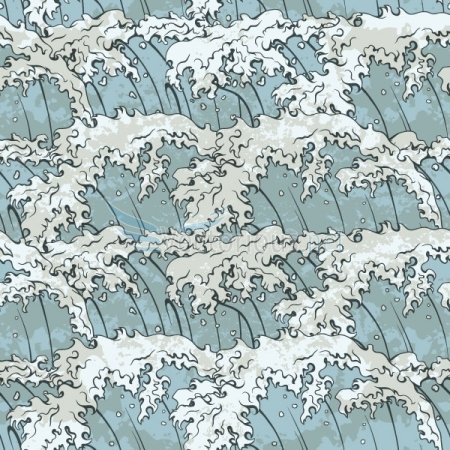 Post title...
Post title...
 Post title...
Post title...
Post title...
Posted
|
Views: 1,233
Spurred by the anti-Vietnam and civil rights movements of the 1960s the second wave of feminism carried its way well into the 1990s. An increasingly radical voice was growing on the Left fueled by sexuality and reproductive rights and armed with the Equal Rights Amendment preaching social equality regardless of sex. Publically protesting the Miss America Pageant of 1968 feminists held their own “cattle parade” where the crowned a sheep as Miss America. Such events were believed by the feminists of the time to be devised by the patriarchy to keep them either in underpaying jobs or at home. It was in the emotion of these events where we first saw the destroying of traditionally feminine articles including make up, bras, girdles, and high heels as they were considered oppressive to women. Because at this time there were so many social movements going on women’s movements were again, swept aside. Feminist reaction was to become unified and gain a louder voice through organizations such as NOW as well as publications such as “The BITCH Manifesto”. The first wave of feminism was fueled by middle class white American women while the second wave included women from outside the country including women of color. It was also critical in addressing such topics normative heterosexuality and women’s roles as wives and mothers.
This brings us to the third wave of feminism which includes the reclamation of women’s bodies, traditional feminine articles, and finally derogatory terms like “bitch” and “slut”. This wave is driven by taking ownership over ones sexuality and seeing themselves as beautiful individuals. Not to be understated is the understanding that these women are dressing with lipstick and plunging necklines for themselves and to make themselves feel a certain way, not to draw the attention of a sexist patriarchy. This in its own right is a little confusing for the second wave feminists who established the idea that these items and way of dress were inherently associated with male oppression. We also begin to see an abundance of internet based zines and chat rooms where there “grrls” can come together and share ideals. This creates an interesting dichotomy in itself where there is no way to determine if these individuals are all biologically women. This in turn helps to further break down specific ideas about identity, gender, and sexuality. Third wave feminism helps to break down these walls and allows acceptance of however individuals choose to identify, including whether or not they choose to identify as feminists at all.
This brings us to the third wave of feminism which includes the reclamation of women’s bodies, traditional feminine articles, and finally derogatory terms like “bitch” and “slut”. This wave is driven by taking ownership over ones sexuality and seeing themselves as beautiful individuals. Not to be understated is the understanding that these women are dressing with lipstick and plunging necklines for themselves and to make themselves feel a certain way, not to draw the attention of a sexist patriarchy. This in its own right is a little confusing for the second wave feminists who established the idea that these items and way of dress were inherently associated with male oppression. We also begin to see an abundance of internet based zines and chat rooms where there “grrls” can come together and share ideals. This creates an interesting dichotomy in itself where there is no way to determine if these individuals are all biologically women. This in turn helps to further break down specific ideas about identity, gender, and sexuality. Third wave feminism helps to break down these walls and allows acceptance of however individuals choose to identify, including whether or not they choose to identify as feminists at all.

 Magazine Posts
Magazine Posts Table of Contents
Table of Contents